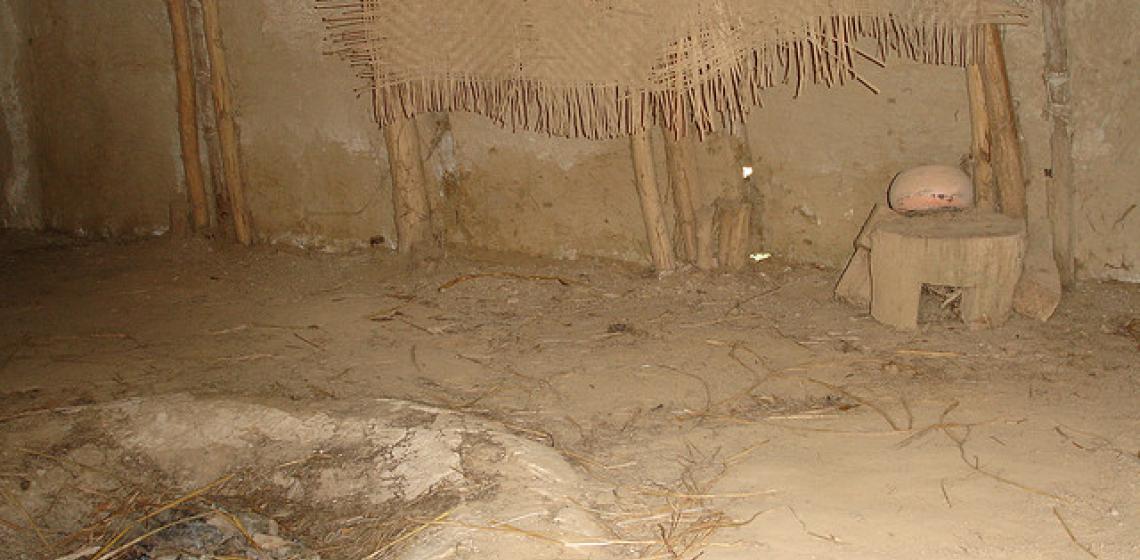
The Natchez Indians inhabited what is now southwest Mississippi ca. AD 700-1730, with the culture at its zenith in the mid-1500s. Between 1682 and 1729 the Grand Village was their main ceremonial center, according to historical and archaeological evidence.
French explorers, priests, and journalists described the ceremonial mounds built by the Natchez on the banks of St. Catherine Creek, and archaeological investigations produced additional evidence that the site was the place that the French called "the Grand Village of the Natchez Indians." During the period that the Natchez occupied the Grand Village, the French explored the region and began to make settlements. Relations between the French and the Natchez were cordial at first, but deteriorated as various disagreements and episodes of violence arose in 1716 and again in 1723. In 1729, a pro-English element within the tribe led the Natchez to attack the French colonial platations and military garrison at Fort Rosalie. The French retaliated in such force that the Natchez were forced to abandon their homeland.
The 128-acre Grand Village site features a museum accredited by the American Association of Museums, a reconstructed Natchez Indian house, and three ceremonial mounds. Two of the mounds, the Great Sun's Mound and the Temple Mound, have been excavated and rebuilt to their original sizes and shapes.
